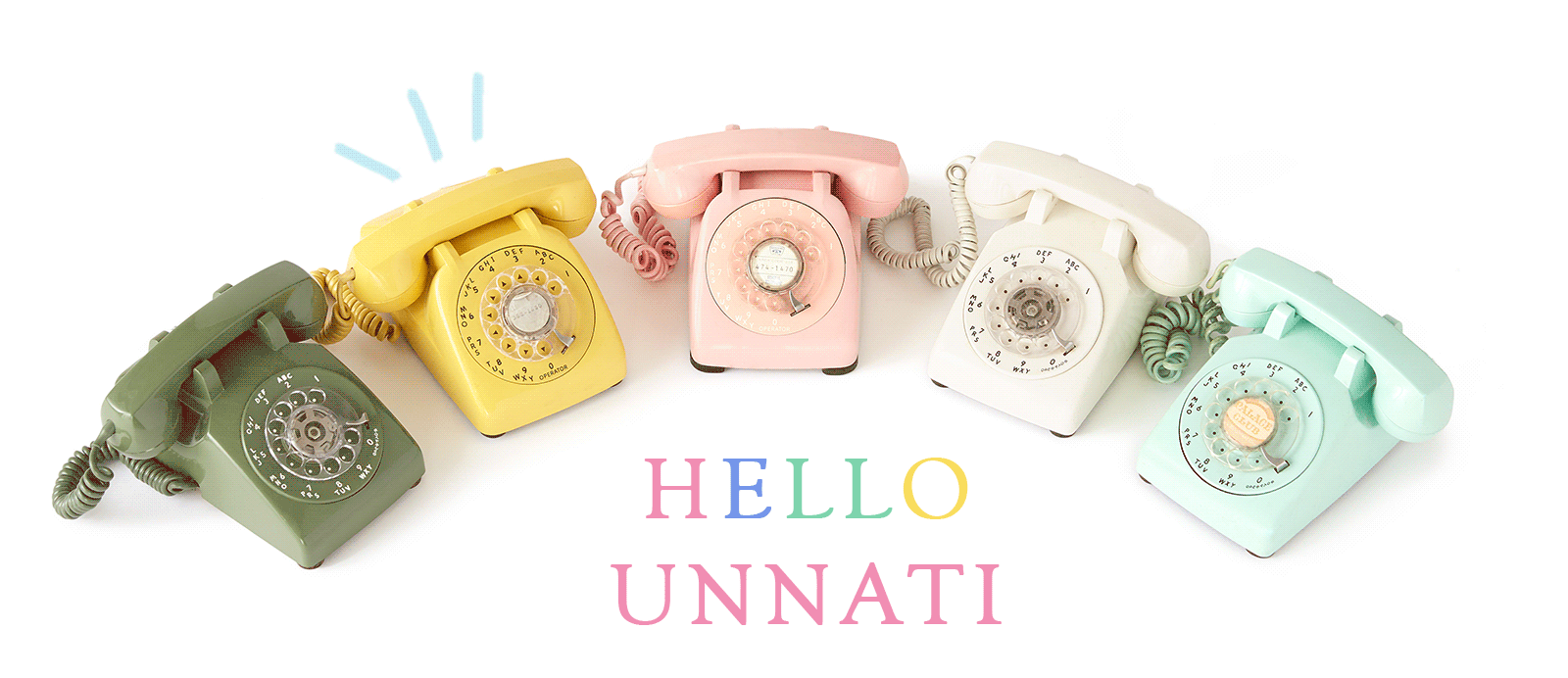Paithani- Designs
CRAFTS OF INDIA / PAITHANI / DESIGNS -2
PAITHANI
B.Dobby designs:
The borders of Paithani saree are created by dobby attachment. The desired designs are set up in the dobby attachment and yarns are arranged accordingly to achieve the results.
The border in woven with golden zari threads in combination with silk threads which are similar or in contrast shades to the basic shade of the saree.
1. Narali Kinar: The traditional coconut border (Narali) was the most common Paithani border until the end of 19th century. Coconut known as "Sriphal" in India is the fruit of gods. It symbolises complete usefulness, selfless service, prosperity and generosity.
2. Pankha Motif: This motif is fan shaped. It is used in borders of the saree and looks similar to Narali motif.
C.Pallu Designs:
Some designs used in the pallu are geometrical. These are geometrical motifs which are set on a fixed number of threads. The artisans memorize the increments and decrements in threads required to create the design pattern.
The special ones are :
1. The Muniya: Muniya symbolizes the parrot. Parrot is sign of love and passion. Originally Muniya motif was used to fill the weave in and around other motifs. It was introduced in 1970's as independent border form by essence of lower cost woven border. It is woven in green colour with red beak.
2. Barav Motif: It is a staggered motif in step form. It is usually woven in red, yellow, orange or firozi blue colour.
3. Panja Motif: This motif is a hazy form of Barav motif. This motif is typically woven in green colour. Now the Paithani saree is identified by these peacock motifs. The weavers today have lost track of meanings and significance lying behind the motifs in Paithani. Also they lack a database in range of motifs for this art.
4. Jacquard Designs: There are motifs in the body of the saree which are created by jacquard attachment. Round dots, peacocks, flowers, diamonds, etc, are made with this technique. These are usually done with golden zari threads.
Common motifs for the body
• The Kamal or lotus flower on which Buddha sits or stands
• The Hans motif
• The Ashraffi motif
• The Asawalli (flowering vines), became very popular during the Peshwa's period
• The Bangadi Mor, peacock in bangle
• The Tota-Maina
• The Humarparinda, peasant bird
• The Amar Vell
• The Narali motif, very common
Small motifs like circles, stars, kuyri, rui phool, kalas pakhhli, chandrakor, clusters of 3 leaves, were very common for the body of the sari.
Contact US
We will get back to you shortly!



